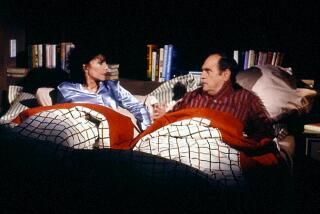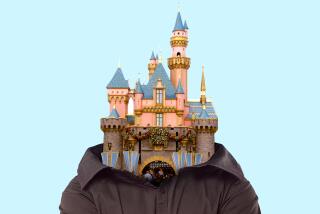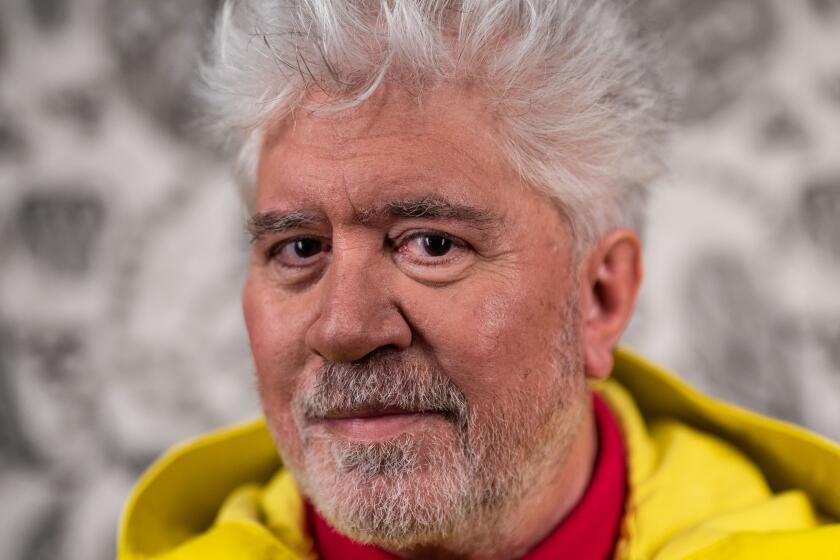Book Review: ‘Walt Before Mickey’ by Timothy S. Susanin
When the extraordinary success of “Steamboat Willie” made Walt Disney an overnight sensation in 1928, he’d already spent nearly a decade working in animation. During those years, he’d had successes and failures, as Timothy S. Susanin recounts in great detail in his new book “Walt Before Mickey.”
In 1919, while Disney and his friend Ub Iwerks were working as commercial artists in Kansas City, they taught themselves animation. Disney began exploring the medium with the “Newman Laugh-O-Grams,” a series of one-minute topical cartoons for local theater owner Frank Newman. He quit his job and started a studio with money borrowed from friends and relatives. Although the studio went broke, Disney completed the live action/animation “Alice’s Wonderland,” then joined his brother Roy in Los Angeles.
Distributor Margaret Winkler offered Disney a contract for a series based on “Alice” that would continue the premise of a live-action little girl in a cartoon setting. The series proved successful, but Winkler’s business was taken over by her more aggressive husband, Charles Mintz. In 1927, he asked Disney to develop a new character, Oswald the Lucky Rabbit. Disney’s real talents as an organizer and story man began to emerge during the making of the “Oswald” series, which garnered good reviews.
But Disney wanted to improve his films. In early 1928, he went to New York City to ask Mintz to raise the price per film; Mintz instead insisted that he take a cut — or else Disney would lose the character and his studio. Mintz had covertly signed up almost the entire staff so that the studio could go on without Disney. This underhanded deal changed the course of animation history and American popular culture, as it led Disney to create Mickey Mouse.
Susanin is an attorney, and his remarkable thoroughness makes readers wish he were handling a case for them. Unfortunately, he becomes so enamored with details that the result is like reading about Walt through a tea strainer. Does it increase anyone’s understanding of Disney’s genius to know that in 1922, he rented office space for his fledgling studio from “realtors working for Lawrence Baer, thirty-seven, a Kansas City native and the son of a German immigrant” —to whom Susanin devotes four lengthy paragraphs?
Walt Disney’s life has already been thoroughly documented: More has reportedly been written about him than any other filmmaker except Charlie Chaplin. His work before the creation of Mickey is covered in the more readable, lavishly illustrated “Walt in Wonderland: The Silent Films of Walt Disney” by Russell Merritt and J.B. Kaufman, in addition to five reliable biographies (by Diane Miller and Pete Martin, Bob Thomas, Katherine and Richard Greene, Michael Barrier and Neal Gabler). Minor and often tangential details constitute the only new material in “Walt Before Mickey.”
Susanin’s knowledge of animation history is limited, and this hampers the narrative. He correctly observes that Julius, the black cat in the “Alice” comedies, initially “seemed like a generic response to the popularity of the popular Felix the Cat,” but fails to discuss how Felix influenced not only Julius, but Oswald (and Mickey). He notes that Friz Freleng, another Kansas City native who worked briefly for Disney, “eventually became a director at Warner Brothers, and spent over thirty years there,” but omits the five Oscars he won.
“Walt Before Mickey” is a useful resource for serious film scholars, though general readers may find it much too arcane for their interests.
Solomon is the author, most recently, of “The Art of ‘Toy Story 3’” and “Tale as Old as Time: The Art and Making of ‘Beauty and the Beast.’”
More to Read
Sign up for our Book Club newsletter
Get the latest news, events and more from the Los Angeles Times Book Club, and help us get L.A. reading and talking.
You may occasionally receive promotional content from the Los Angeles Times.








